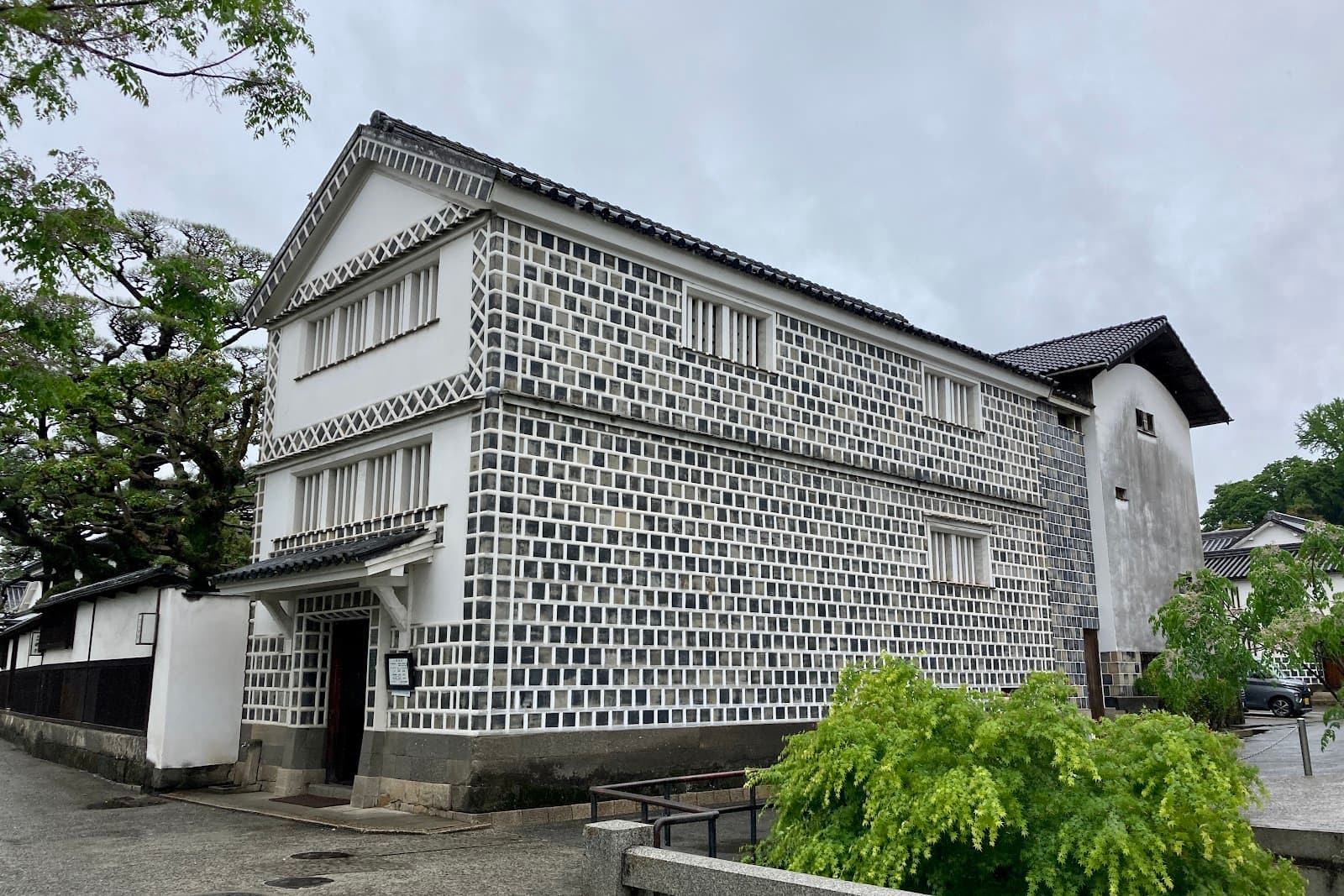
Kurashiki Archaeological Museum Japan
Discover ancient history within a beautifully preserved Edo-period storehouse in Kurashiki's charming Bikan Historical Quarter.

Highlights
Must-see attractions
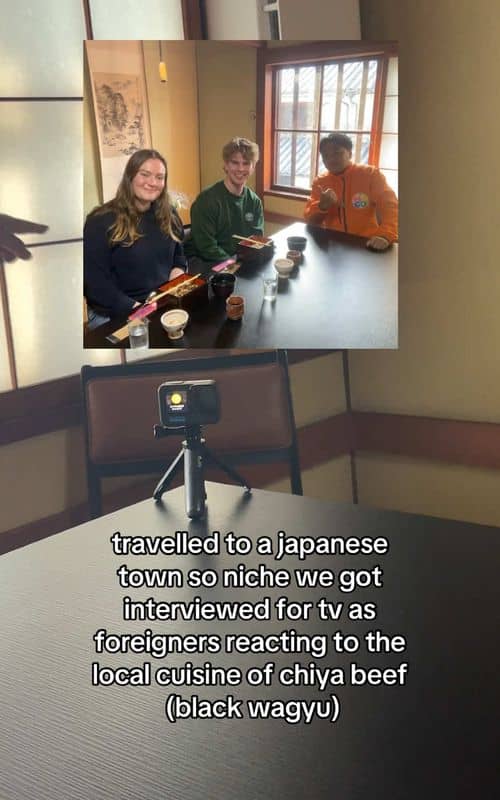
Social
From TikTok & Reddit
Best Time
Fewer crowds, peaceful exploration

Kurashiki Archaeological Museum Japan
Best Time
Fewer crowds, peaceful exploration

Highlights
Must-see attractions
Discover ancient history within a beautifully preserved Edo-period storehouse in Kurashiki's charming Bikan Historical Quarter.
"It's a luxury to be able to admire this magnificent Edo-period storehouse from the inside while also enjoying its ancient documents."
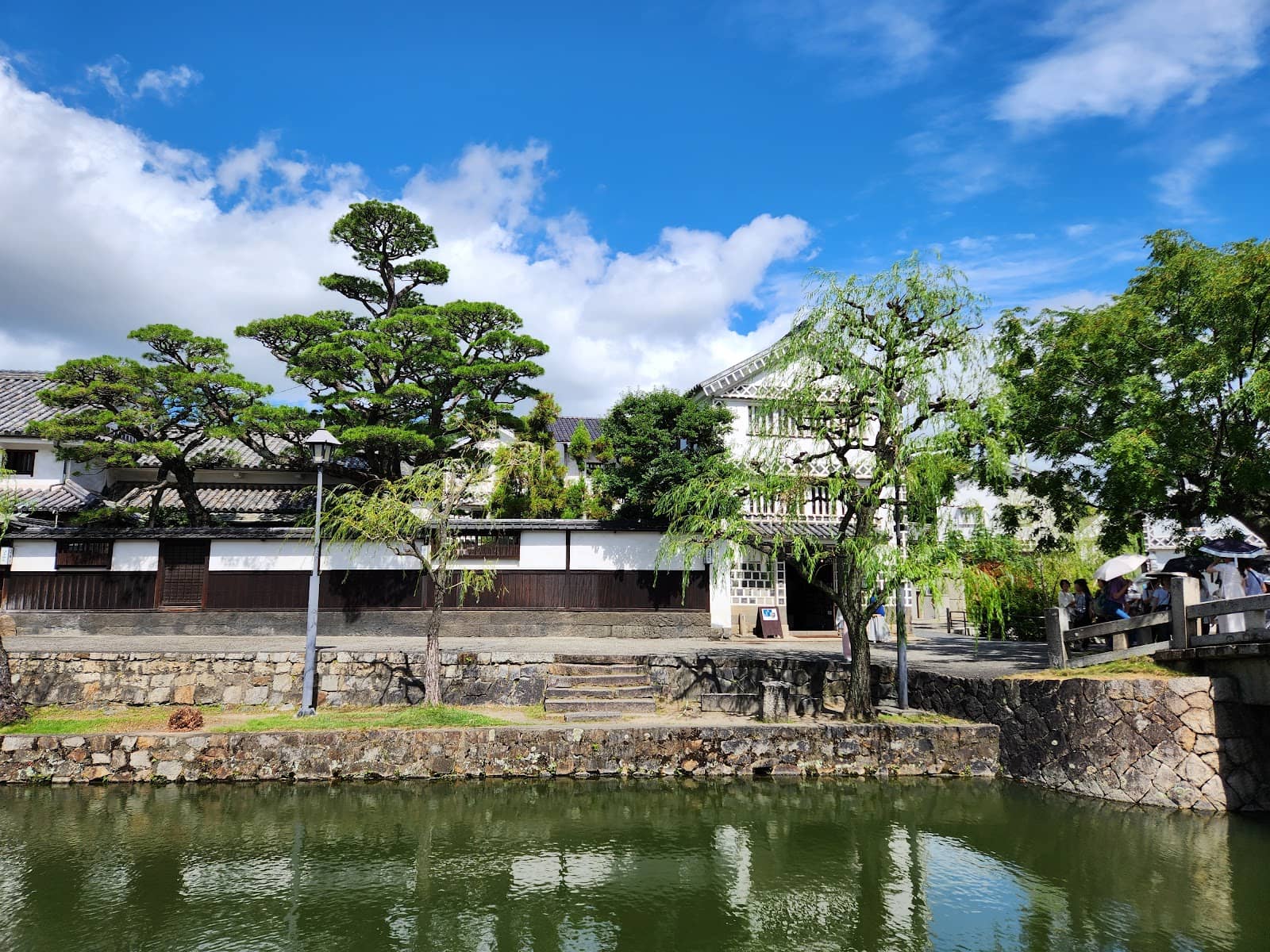
Wear Comfy Shoes
Lots of walking in the historical quarter and narrow stairs inside the museum. :athletic_shoe:
Photography Allowed
Capture the historical charm! Photos are permitted inside the museum. :camerawithflash:
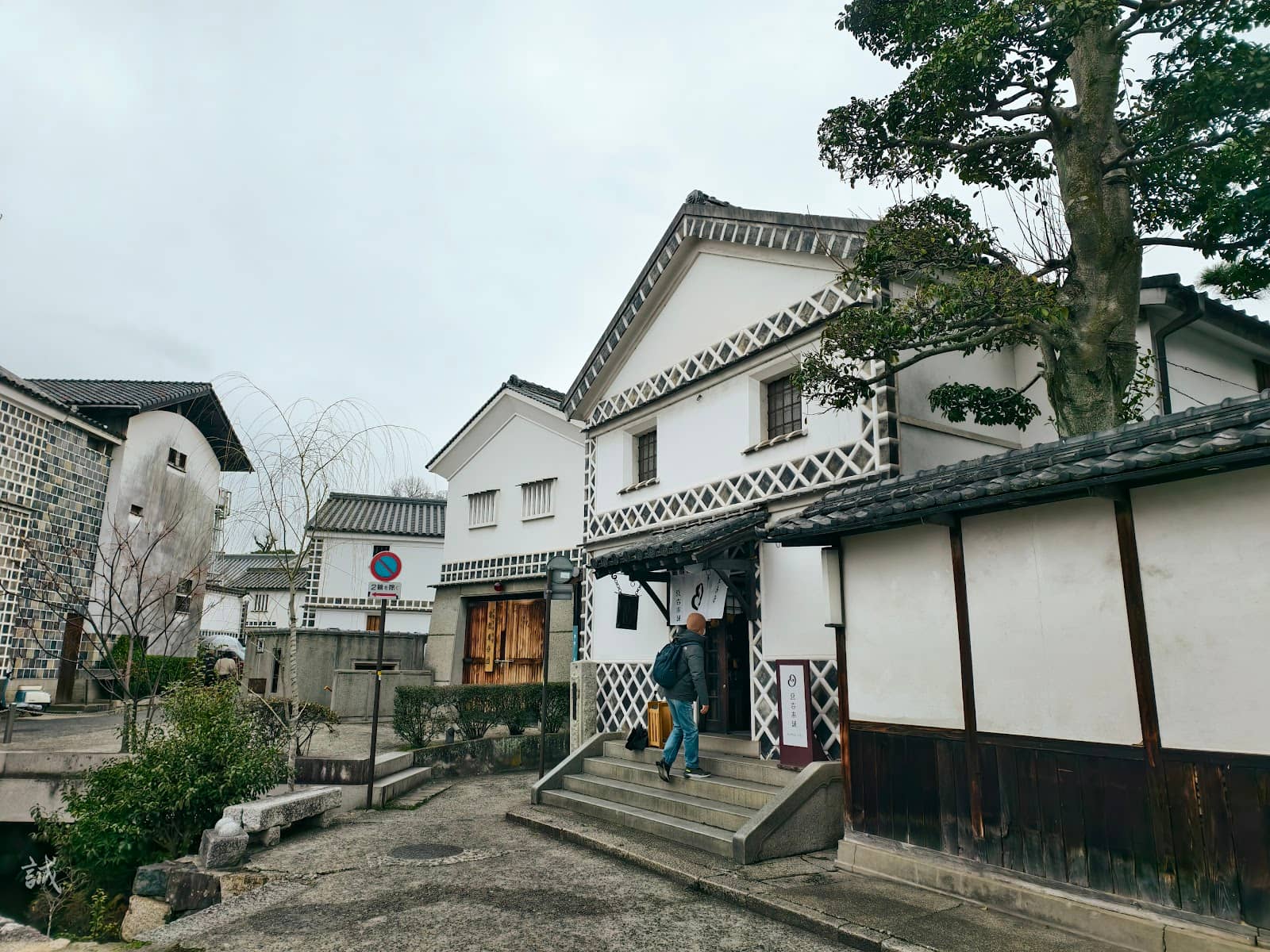
Highlights
Discover the most iconic attractions and experiences

Edo-Period Storehouse Architecture
Museum building
Explore the historic earthen storehouse, a beautiful example of Edo-period architecture, now housing fascinating artifacts.

Ancient Bronze Bells
Exhibition halls
Witness the spiritual energy of ancient bronze bells, some dating back to the Nara period, offering a glimpse into early Japanese rituals.
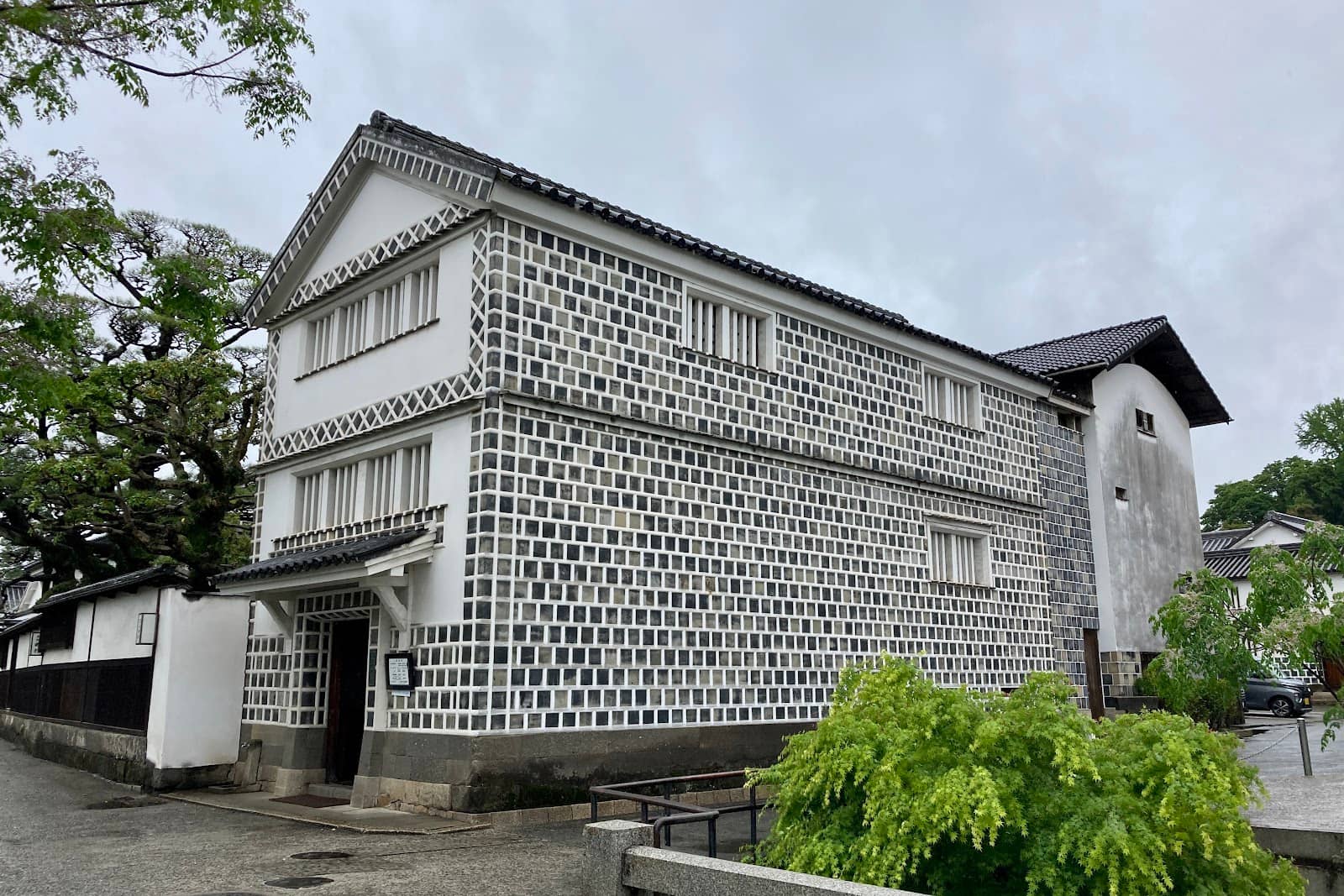
Naumann's Elephant Teeth
Paleolithic section
Discover the unusual and intriguing remains of Naumann's elephant, providing a unique look into prehistoric life in the region.

Yayoi Period Ancient Rice
Exhibition halls
See carbonized ancient rice from the Yayoi period, a rare find that offers insights into early agricultural practices.
Plans like a pro.
Thinks like you
Planning Your Visit
Embrace the Past in a Storehouse
Timing is Key for Exploration
Best Times
Insider Tips
from TikTok, Instagram & Reddit
Wear Comfy Shoes
Lots of walking in the historical quarter and narrow stairs inside the museum. :athletic_shoe:
Photography Allowed
Capture the historical charm! Photos are permitted inside the museum. :camerawithflash:
Check Exhibition Schedule
Special exhibitions and events, like art fairs, are sometimes held here. :calendar:
Mind the Stairs
The museum has steep, narrow stairs; be cautious if you have mobility issues. :warning:
Tips
from all over the internet
Wear Comfy Shoes
Lots of walking in the historical quarter and narrow stairs inside the museum. :athletic_shoe:
Photography Allowed
Capture the historical charm! Photos are permitted inside the museum. :camerawithflash:
Check Exhibition Schedule
Special exhibitions and events, like art fairs, are sometimes held here. :calendar:
Mind the Stairs
The museum has steep, narrow stairs; be cautious if you have mobility issues. :warning:
Combine with Bikan Quarter
The museum is in the heart of the Bikan Historical Quarter, so explore both! :canal:
What Travellers Say
Reviews Summary
Visitors appreciate the museum's location within the historic Bikan Quarter and the unique opportunity to explore an Edo-period storehouse. The collection offers a glimpse into local archaeology, with notable items like bronze bells and prehistoric finds. However, some find the exhibits less flashy and the stairs challenging.
"Nice"
Ronald FAN
"You can immerse yourself in the ancient local history of Kurashiki City.
I felt a strong spiritual energy from the bronze bells and the carbonized Buddhist scriptures from the Nara period.
I personally thought the teeth of the Naumann's elephant in the Paleolithic section were quite unusual. The carbonized ancient rice from the Yayoi period and the peach seeds left over from ancient people's meals were also quite rare."
roshi 7000supoon
"Visited on November 24, 2024. Adults 500 yen.
Photography allowed inside the museum.
It is an old storehouse building, with each floor exhibiting items from different eras.
There are actually quite a few floors. Be careful, as the stairs are narrow.
Most of the exhibits were Sue ware and Haji ware from Okayama, but there were no haniwa figures of people or animals.
There were bronze bells.
The exhibits were simple, but there was an explanation.
On the top floor, there was ancient pottery from ruins in Peru."
Masazumi Ishizuka
What People Like
What People Dislike
Frequently Asked Questions
🚇 🗺️ Getting There
Take the Sanyo Shinkansen from Shin-Osaka Station to Okayama Station, then transfer to a local train to Kurashiki Station. The museum is located within the Bikan Historical Quarter, a short walk from the station.
Yes, it's a pleasant walk from Kurashiki Station. The Bikan Historical Quarter itself is best explored on foot.
The Sanyo Shinkansen is the fastest option from Shin-Osaka to Okayama, and then a local train to Kurashiki.
There are parking lots available near the Bikan Historical Quarter, but it's recommended to use the North Parking Lot and avoid the museum's direct parking.
Absolutely! Kurashiki is a fantastic day trip option from Kyoto, offering a different historical perspective.
🎫 🎫 Tickets & Entry
Adult admission is typically around 500 yen. It's always a good idea to check the official website for the most current pricing.
Opening hours can vary, especially for special events. Generally, it's open during daytime hours, but check for specific dates.
Advance booking is usually not required for general admission, but it's wise to confirm if you're visiting during a special exhibition or event.
Information on specific discounts isn't readily available, but it's worth inquiring at the ticket counter.
The Japan Rail Pass covers Shinkansen and JR local lines, making it a great option for reaching Kurashiki from major cities like Osaka or Kyoto.
🎫 🏛️ Onsite Experience
The museum showcases archaeological materials from the Kibi area, including ancient pottery, bronze bells, and prehistoric animal remains.
The museum is housed in a historic storehouse with steep and narrow stairs, which may pose challenges for those with mobility issues.
Yes, photography is allowed inside the museum, allowing you to capture the historical exhibits.
Allow at least 1-2 hours to explore the museum thoroughly, especially if you're interested in the detailed explanations.
These artifacts, some dating back to the Nara period, are significant for understanding early Japanese religious practices and history.
🍽️ 🍽️ Food & Dining
Yes, the Bikan Historical Quarter is filled with charming cafes and restaurants, including traditional teahouses like Shisui.
You can find local specialties like roasted onigiri and enjoy traditional Japanese sweets and matcha at teahouses.
Shisui, a teahouse known for its roasted onigiris and cozy atmosphere, is a popular spot among locals and visitors.
While some establishments can be pricey, you can find affordable options like ramen and onigiri, especially if you look for local favorites.
Some TikToks mention unique late-night ramen spots, though these might be separate from the main historical area.
📸 📸 Photography
The Bikan Historical Quarter with its canals, willow trees, and traditional buildings is incredibly photogenic.
Yes, photography is permitted inside the museum, allowing you to document the historical artifacts.
Early mornings or late afternoons offer beautiful light, especially for capturing the canals and architecture.
A versatile lens for landscapes and details, and a good low-light capability for indoor shots or evening strolls would be beneficial.
Generally, photography is welcomed, but always be mindful of other visitors and any specific signage within private establishments.
For Different Travelers
Tailored advice for your travel style
👨👩👧 Families with Kids
Look for interactive elements or special family-friendly events that might be happening. Many of the shops in the Bikan Quarter offer unique souvenirs, and there are various food options to satisfy different tastes. Remember that the museum has steep stairs, so keep a close eye on children.
🏛️ History Buffs & Archaeology Enthusiasts
The setting within a renovated Edo-period storehouse adds to the immersive experience. The detailed explanations accompanying the exhibits, though sometimes simple, provide valuable context for understanding the significance of each piece. Don't miss the unique Paleolithic and Yayoi period finds, which offer a rare glimpse into prehistoric life and early agricultural practices.
📸 Photographers & Art Lovers
Inside the Archaeological Museum, photography is allowed, so you can capture the unique historical items on display. Look for opportunities to photograph the intricate details of the storehouse architecture and the artifacts themselves. Consider visiting during different seasons to capture the changing beauty of the area, from cherry blossoms to autumn leaves.
Deep Dives
In-depth insights and expert knowledge
Exploring the Bikan Historical Quarter
Beyond the museum, the Bikan Quarter boasts other attractions like the Ohara Museum of Art, which houses a significant collection of Western and Japanese art. The area truly comes alive with its charming architecture and serene waterways, making it a must-visit for anyone interested in Japan's historical and cultural heritage. The combination of historical buildings and the gentle flow of the canals creates a uniquely romantic and picturesque setting that many visitors find captivating.
When exploring the Bikan Quarter, remember that many of the buildings are historic and may have narrow passages or stairs. Comfortable footwear is essential for navigating the cobblestone streets and exploring the various shops and galleries. The area is particularly beautiful during different seasons, with cherry blossoms in spring and vibrant foliage in autumn adding to its charm.
The Significance of Archaeological Finds
Key exhibits, such as the ancient bronze bells and carbonized Buddhist scriptures from the Nara period, provide insights into the spiritual and cultural practices of early Japan. The presence of Naumann's elephant teeth and carbonized ancient rice from the Yayoi period offers a fascinating glimpse into prehistoric life and early agriculture. These findings are not just objects; they are storytellers, revealing the daily lives, beliefs, and technological advancements of people who lived centuries ago.
The museum's location within a renovated Edo-period storehouse adds another layer of historical context, allowing visitors to experience history not only through the artifacts but also through the very architecture that houses them. This immersive approach makes the Kurashiki Archaeological Museum a valuable destination for anyone interested in understanding the deep roots of Japanese civilization.
Seasonal Beauty and Events
Beyond the natural seasonal beauty, Kurashiki also hosts various events and exhibitions. The museum itself sometimes features special art fairs and workshops, offering interactive experiences for visitors. These events can provide a unique opportunity to engage with local culture and art, adding another dimension to your visit.
When planning your visit, consider checking local event listings for any festivals or special exhibitions happening during your travel dates. This can enhance your experience and provide a deeper connection with the local community and its traditions.

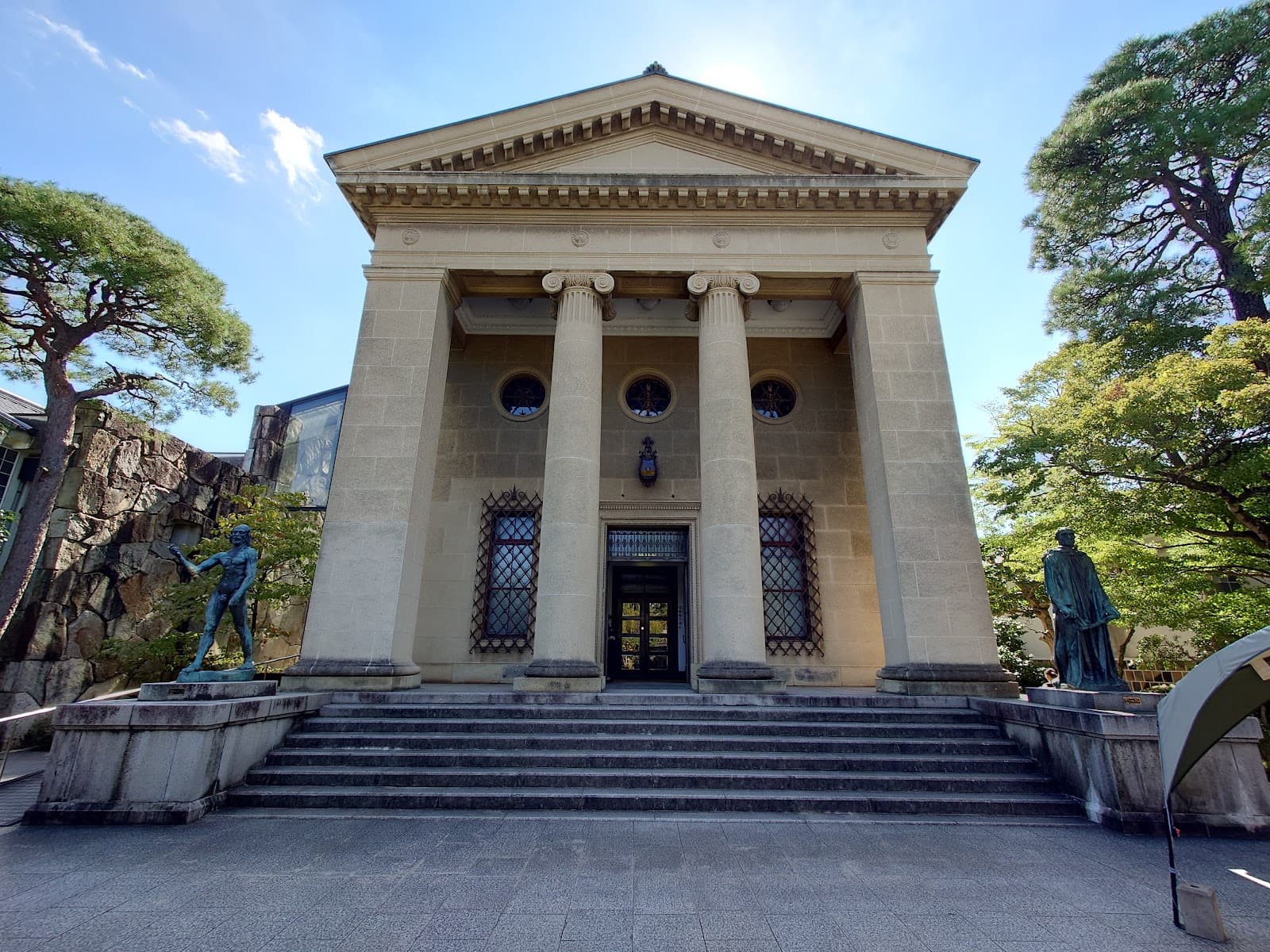



Social
from TikTok, Instagram & Reddit